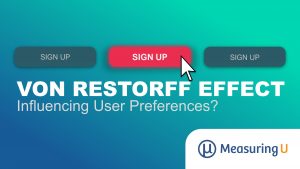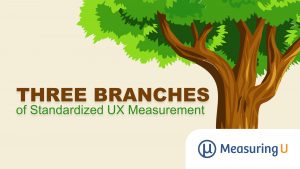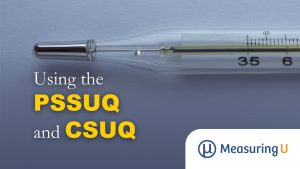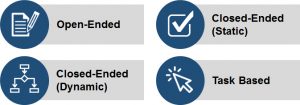
Does the Von Restorff Effect Influence User Preference?
One of these things is not like the other. That’s the theme of a segment on the long-running US TV show Sesame Street. As children, we learn to identify similarities and differences. And after seeing a group of things that look similar, we tend to remember the differences. Why? Well, one theory describes something called








